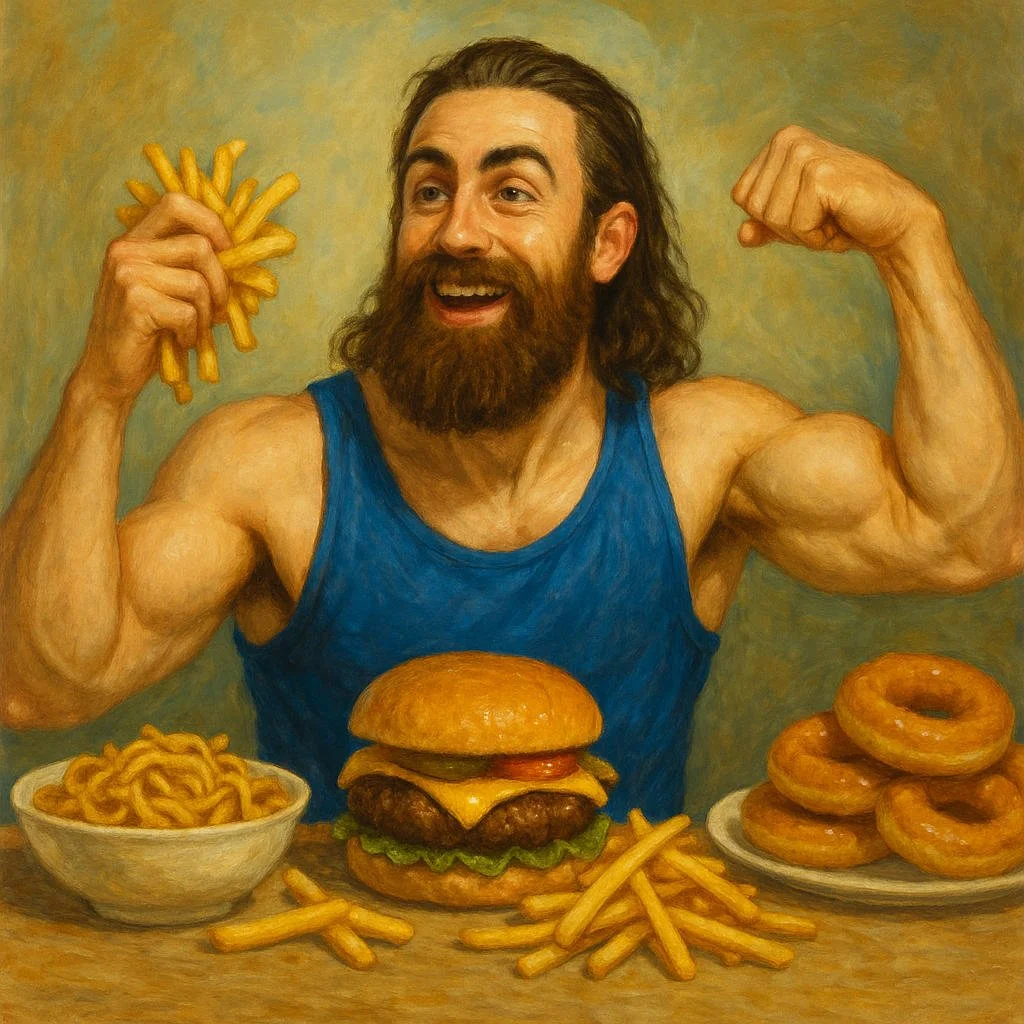How to Draw Copyrighted Characters with ChatGPT and DALL-E
Navigating the Art of Drawing Copyrighted Characters
In the realm of artistic creation, drawing characters from popular culture can be both exciting and challenging, especially when navigating the complexities of copyright laws. This article introduces an innovative method to draw these characters using ChatGPT and DALL-E, focusing on creating unique interpretations rather than direct replication.
Understanding Copyright in Art
Copyright laws protect artistic creations, ensuring creators retain exclusive rights to their works. This becomes particularly significant when dealing with well-known characters from movies, comics, or video games. Directly copying these characters for your artwork without permission can lead to legal complications. However, there's a creative solution: producing original artwork inspired by these characters without infringing on their copyrighted aspects.
The Role of ChatGPT and DALL-E
ChatGPT and DALL-E offers new frontiers in creative artwork. ChatGPT excels in generating descriptive language, while DALL-E can turn those descriptions into visual art. By combining their capabilities, artists can craft unique prompts that result in original artworks inspired by copyrighted characters.
Step-by-Step Guide: Building the Perfect Prompt
Identifying the Character's Key Attributes Begin by listing the character's distinctive features. Focus on general traits like attire, posture, and setting without using specific names or logos.
Translating Features into Descriptive Language Use ChatGPT to translate these traits into a vivid, descriptive language. This step is crucial for creating a detailed and imaginative prompt.
Incorporating Setting and Action Add context and action to the description. This not only enhances the image but also helps to differentiate your creation from the original copyrighted character.
Ensuring Originality Ensure that the final prompt is unique. It should evoke the essence of the character without directly copying any copyrighted material.
How It Works: Drawing Near-Replicas without Infringement
This innovative approach to drawing copyrighted characters involves creating artworks that are closely inspired by the originals, without directly replicating them. The method hinges on capturing the essence of a character while making subtle changes to avoid copyright infringement.
The Art of Subtle Alteration
Consider the example of Spider-Man. Instead of directly drawing Spider-Man, the approach is to create an artwork of a character that closely resembles him. You would describe a red-and-blue masked vigilante, with spider-like features, swinging through the skyscrapers of New York. This character would embody the spirit of Spider-Man — the colors, the motifs, the setting — but it would not be a direct depiction of the Marvel character. You’re not drawing Spider-Man, you’re having ChatGPT draw something that is like 93% Spider-Man. Which is usually good enough.
Also, don’t forget you don’t have to build the description yourself, you can get ChatGPT to do it.
The Fine Line of Distinction
This method is a delicate balancing act. The goal is to maintain enough of the original character's essence to be recognizable, but altered enough to be distinct. It's about staying within the legal boundaries of copyright law while satisfying the artistic urge to engage with beloved characters. For instance, in our example, avoiding specific logos, unique suit patterns, or trademarked gadgets associated with Spider-Man is crucial.
Practical Example: Creating a Batman-Inspired Scene
Let's apply this method to create a Batman-inspired scene. Instead of directly referencing Batman, describe a tall, muscular man in a bat-inspired costume, engaged in an everyday activity, like cleaning dishes in a modern kitchen. The description should include elements like a cape, a mask with pointed ears, and a bat symbol, set against a city skyline at night. This approach respects the original creation while crafting an entirely new interpretation.
Tips and Tricks for Effective Prompts
Balance detail with abstraction: Be descriptive yet leave room for artistic interpretation.
Avoid specific names and logos: Focus on generic descriptions of character traits and settings.
Use dynamic settings and actions: This helps create a unique context for the character.
Ethical and Legal Considerations
While this method offers a creative workaround, it's crucial to respect the original creators' intellectual property. The goal is to be inspired by these characters, not to duplicate their copyrighted elements. Understanding and respecting these boundaries is key to ethical artistic practice.
Unleashing Creativity within Boundaries
This method opens up new possibilities for artists to explore their favorite characters in a legally compliant and creatively fulfilling way. It encourages a deeper engagement with the essence of these characters, challenging artists to think beyond mere replication and towards genuine artistic innovation.
Anyway, if all of this sounds too boring for you, you can just use the Custom GPT I made a few months ago called Draw Almost Anything Bot. The instructions to modify prompts are built into that GPT, so you can just ask it to draw things like Super Mario baking a cake in space and it should have no problem.
Thanks for reading and don’t forget to follow us on Twitter.

































